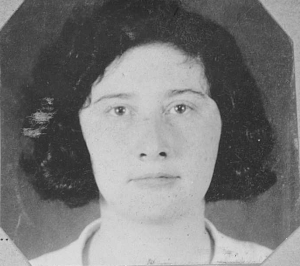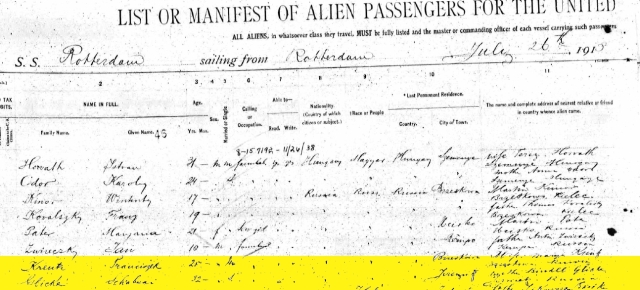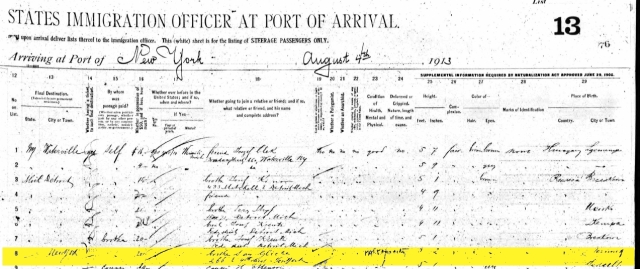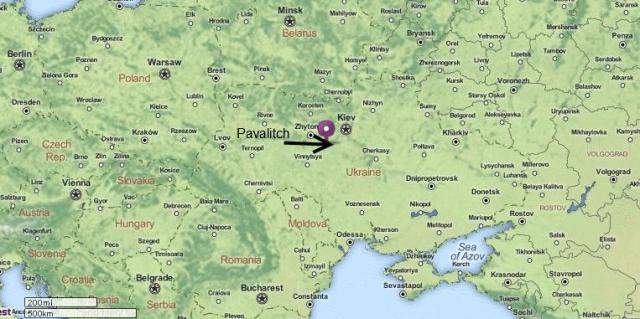In a previous post, Family Friday: Jose Shabetai Glicker, I discussed my great-uncle “Jose” Shabetai Glicker who lived in Sao Paulo, Brazil. This is a photo of Shabetai’s daughter, Aida Glicker Narovisky (also spelled Narosky, Naroviscky, and Narovischky).
I have written previously about Shabetai, the brother of my grandfather Sam Glicker, and about the last letter received from him about 1950. In the letter, Shabetai mentioned his daughter and the heartache he suffered because his daughter’s husband was a revolutionary.
I thought little more about Shabetai’s family until I started compiling a family tree a few years ago. My grandfather had died in 1969, having outlived his other siblings, but now I wondered what had become of Shabetai’s daughter after the 1950 letter? In 2012, I managed to contact Paulo Valadares, a historian in Sao Paulo, Brazil. Mr. Valaderes sent me information about Shabetai that I mentioned in my previous post, and the following message about Shabetai’s daughter:
His daughter was AIDA GLIKER (1911) married to CHAIM RUBIM NAROSKY (1904), “Polish nationality“. The couple were expelled from Brazil [for] “communist activities” on 12/01/1937. I [have] not found Gliker and Narosky currently living in Brazil.




